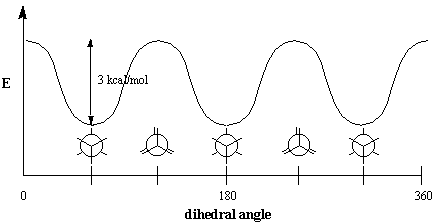Please wait while we process your payment
If you don't see it, please check your spam folder. Sometimes it can end up there.
If you don't see it, please check your spam folder. Sometimes it can end up there.
Please wait while we process your payment

By signing up you agree to our terms and privacy policy.
Don’t have an account? Subscribe now
Create Your Account
Sign up for your FREE 7-day trial
By signing up you agree to our terms and privacy policy.
Already have an account? Log in
Your Email
Choose Your Plan
Individual
Group Discount
Save over 50% with a SparkNotes PLUS Annual Plan!
 payment page
payment page
Purchasing SparkNotes PLUS for a group?
Get Annual Plans at a discount when you buy 2 or more!
Price
$24.99 $18.74 /subscription + tax
Subtotal $37.48 + tax
Save 25% on 2-49 accounts
Save 30% on 50-99 accounts
Want 100 or more? Contact us for a customized plan.
 payment page
payment page
Your Plan
Payment Details
Payment Summary
SparkNotes Plus
You'll be billed after your free trial ends.
7-Day Free Trial
Not Applicable
Renews July 15, 2025 July 8, 2025
Discounts (applied to next billing)
DUE NOW
US $0.00
SNPLUSROCKS20 | 20% Discount
This is not a valid promo code.
Discount Code (one code per order)
SparkNotes PLUS Annual Plan - Group Discount
Qty: 00
SparkNotes Plus subscription is $4.99/month or $24.99/year as selected above. The free trial period is the first 7 days of your subscription. TO CANCEL YOUR SUBSCRIPTION AND AVOID BEING CHARGED, YOU MUST CANCEL BEFORE THE END OF THE FREE TRIAL PERIOD. You may cancel your subscription on your Subscription and Billing page or contact Customer Support at custserv@bn.com. Your subscription will continue automatically once the free trial period is over. Free trial is available to new customers only.
Choose Your Plan
This site is protected by reCAPTCHA and the Google Privacy Policy and Terms of Service apply.
For the next 7 days, you'll have access to awesome PLUS stuff like AP English test prep, No Fear Shakespeare translations and audio, a note-taking tool, personalized dashboard, & much more!
You’ve successfully purchased a group discount. Your group members can use the joining link below to redeem their group membership. You'll also receive an email with the link.
Members will be prompted to log in or create an account to redeem their group membership.
Thanks for creating a SparkNotes account! Continue to start your free trial.
We're sorry, we could not create your account. SparkNotes PLUS is not available in your country. See what countries we’re in.
There was an error creating your account. Please check your payment details and try again.
Please wait while we process your payment

Your PLUS subscription has expired
Please wait while we process your payment
Please wait while we process your payment

Conformations of Ethane

Energetically, not all conformations are equally favored. The eclipsed conformation of ethane is less stable than the staggered conformation by 3 kcal/mol. The staggered conformation is the most stable of all possible conformations of ethane, since the angles between C-H bonds on the front and rear carbons are maximized at 60 degrees. In the eclipsed form, the electron densities on the C-H bonds are closer together than they are in the staggered form. When two C-H bonds are brought into a dihedral angle of zero degrees, their electron clouds experience repulsion, which raises the energy of the molecule. The eclipsed conformation of ethane has three such C-H eclipsing interactions, so we can infer that each eclipsed C-H "costs" roughly 1 kcal/mol.

Eclipsing interactions are an example of a general phenomenon called steric hindrance, which occurs whenever bulky portions of a molecule repel other molecules or other parts of the same molecule. Because such hindrance causes resistance to rotation, it is also called torsional strain. The 3 kcal/mol needed to overcome this resistance is the torsional energy. Note that this figure is very small compared to the energy required to rotate around double bonds, which is 60 kcal/mol (the bond energy of a C-C $\pi$ bond). At room temperature, ethane molecules have enough energy to be in a constant state of rotation. Because of this rapid rotation, it is impossible to isolate any particular conformation in the way that cis- and trans- alkenes can be individually isolated. Although the term "conformational isomer" is sometimes used as a synonym for conformations, conformations of a molecule are not considered true isomers because of their rapid interconversion.

Please wait while we process your payment

